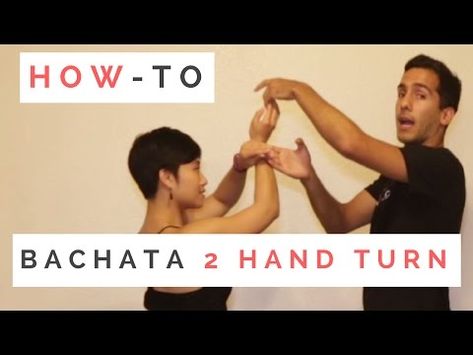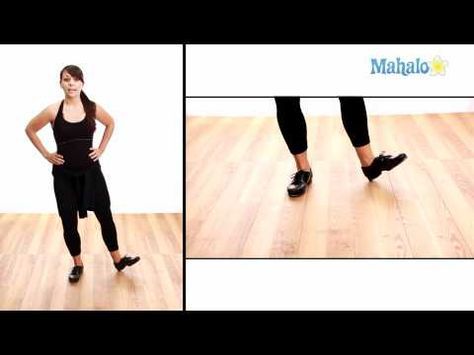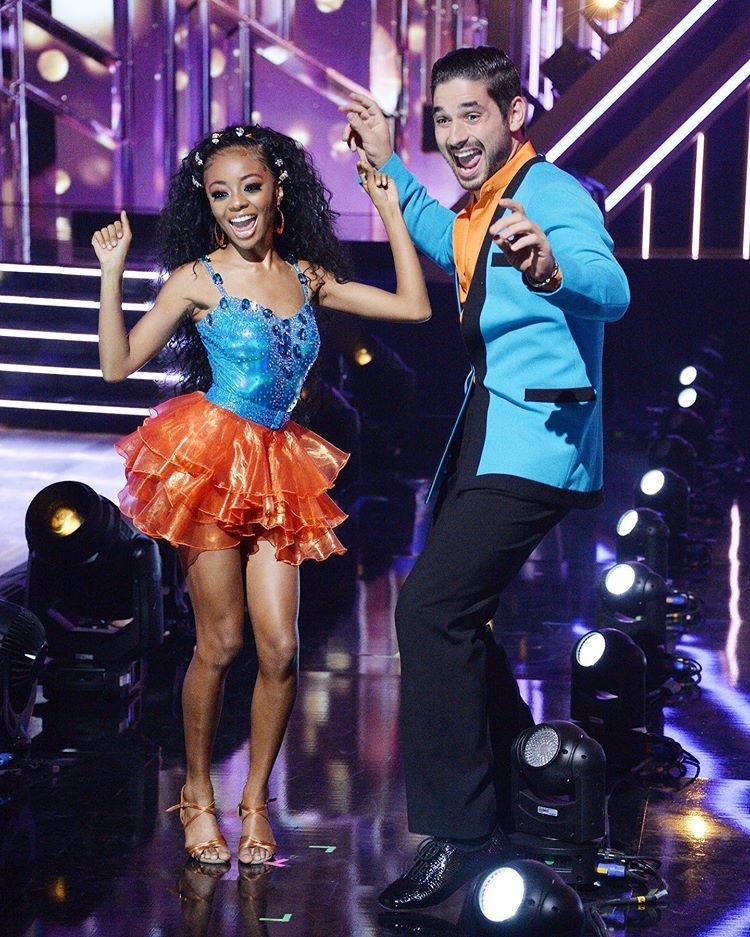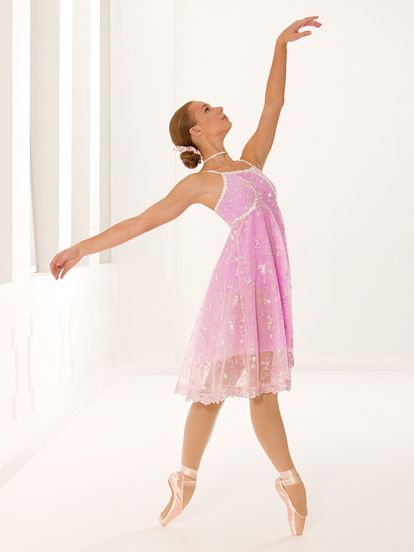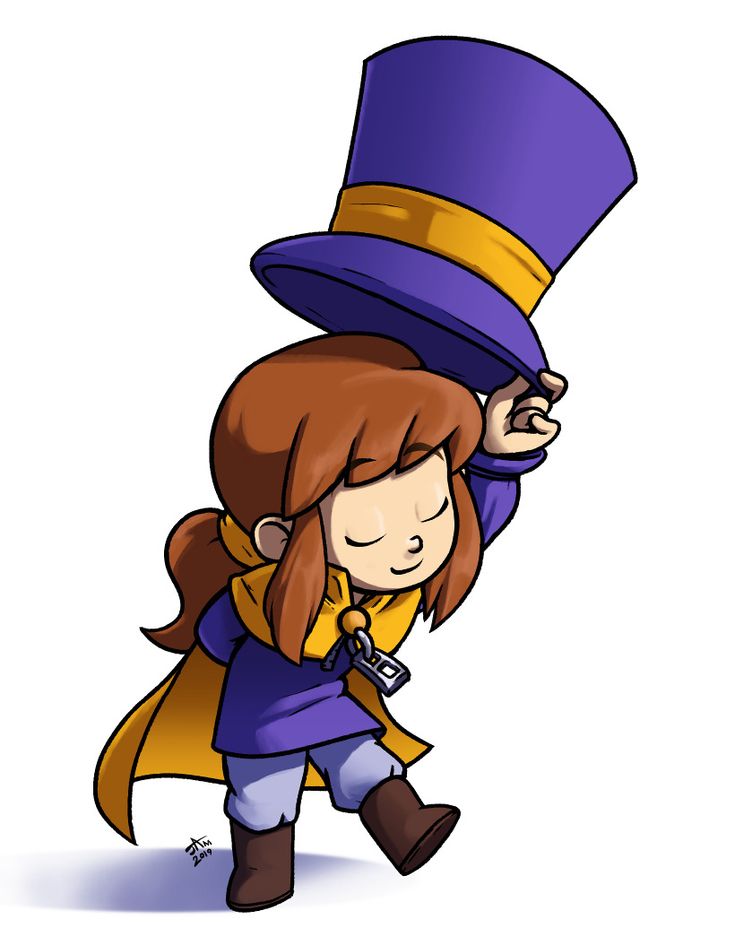How to dance salsa without a partner
10 Ways to Practice Salsa Without a Partner and Get Damn Good Doing It!
There is no reason you can’t practice salsa without a partner. In fact, it’s one of the best ways to get better at salsa dancing. Yes, salsa is a partner dance, but you absolutely must be able to hold your own if you want to have fun, free your mind and be in the moment.
To prove anyone can benefit from some good old fashioned solo practice, I present you with…
10 Things You Should Practice Without a Salsa Partner
- Developing Your Timing & Awareness of Music
- Your Basic Steps
- Shines
- Body Movement
- Turn Technique
- Layering Your Skills Together
- Film Yourself Regularly
- Practice Partner Shadowing
- Memorize Your Steps
- Watch Great Dancers Do Their Thing
GET THE SALSA COURSE FREE FOR A WEEK
#1 Developing Timing & Awareness of Music
At a basic level, this is your ability to dance on beat so you can communicate with your partner and execute movements on time. As you improve your ability to recognize rhythms, instruments, and song structure you’ll find yourself able to start reflecting that expression in your dancing and be more playful. In essence, timing is a foundational element of being able dance with a partner and musicality is what brings that dance to life. If you struggle with finding the beat and dancing on time, I’ve created a really helpful resource just for you. Check out this mini YouTube video course on “Finding the Beat”. it’s a four-part series and it will radically help you improve your ability to find and dance on beat within 30 days, so go check it out.
#2 Mastering Your Basic Steps
This is like learning to walk. These are the foundational steps to everything in salsa. You can never practice your basics enough. So get crackin’ and make sure you evaluate yourself along the way. make sure you can…
- Do your salsa basics on time
- Do you basics in all directions (front/back, side to side, diagnolly, crossing over to the front and the back)
- Switch between each basic step without hesitation
- Stylize your basics with taps and touches
#3 Shines
Shines are the footwork that you use beyond just your basic steps. And practicing footwork will help you refine your timing, stepping, and pivoting techniques. Since there are only so many ways you can move your feet, the same steps you learn solo will often appear in your partner work. That means the more shines you know and get comfortable with, the more you’ll start feeling better both dancing solo and with a partner. Through working on shines, you’ll also learn how to step to different rhythms beyond the basic timing. This helps expand your awareness and understanding of the dance and your skills overall
And practicing footwork will help you refine your timing, stepping, and pivoting techniques. Since there are only so many ways you can move your feet, the same steps you learn solo will often appear in your partner work. That means the more shines you know and get comfortable with, the more you’ll start feeling better both dancing solo and with a partner. Through working on shines, you’ll also learn how to step to different rhythms beyond the basic timing. This helps expand your awareness and understanding of the dance and your skills overall
#4 Body Movement
This is really where the magic happens. Let’s take a look at some basics. (Refering to 2:58 in the above video) So here’s a basic with no body movement. Now here’s a basic with some body movement and now here’s a basic with serious body movement. There’s not much else to say. Body movement is that wow factor, that secret sauce, that flavor that makes dance so amazing to watch. When I started to improve my body movement, I really started having so much more fun.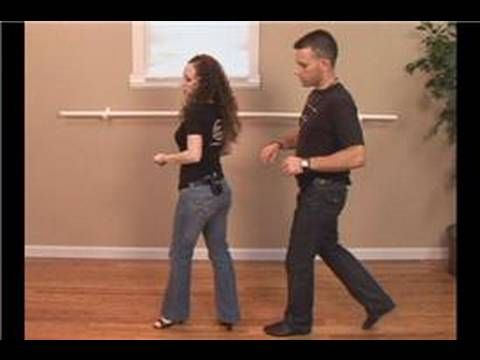 I felt way more connected to the music because I was able to express myself to it. Now, body movement is still one of my greatest weaknesses but it’s definitely my focus right now because I realized it doesn’t only make you look better, it feels so much better. It’s what brings everything to life. It makes you look good, it makes you feel good, and not just to you but to your partner as well. That’s because body movement is actually technique. And when you move correctly, you’re leading and following will feel much more smooth, connected, and impressive.
I felt way more connected to the music because I was able to express myself to it. Now, body movement is still one of my greatest weaknesses but it’s definitely my focus right now because I realized it doesn’t only make you look better, it feels so much better. It’s what brings everything to life. It makes you look good, it makes you feel good, and not just to you but to your partner as well. That’s because body movement is actually technique. And when you move correctly, you’re leading and following will feel much more smooth, connected, and impressive.
#5 Turn Technique
Turn technique is what holds most beginner follows back from being able to execute smooth and controlled turns. And it’s what holds most leads back from being able to lead the turns smoothly because they’re leading them on the incorrect timing. Dial your turns in because it’s the fastest way to improve both as a experienced beginner lead and follow. It’s going to make your dances so much more enjoyable too
#6 Layering Your Skills Together
So you’re going to want to practice all the individual concepts I’ve already mentioned on their own before getting into layering.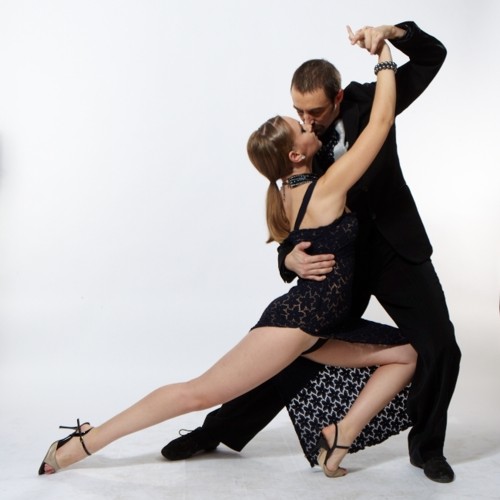 But once you have your timing, your basics, some simple shines, some body movement, and some turn technique, you want to start layering them on top of each other to bring the package together and make your dancing more complete.
But once you have your timing, your basics, some simple shines, some body movement, and some turn technique, you want to start layering them on top of each other to bring the package together and make your dancing more complete.
To start layering these techniques and skills together, begin with your basics. Once you have your basics down, start trying to add your body movements in. Once you can do that, take some simple shines and then try and add body movement into those shines. Now, the important thing to remember here is that you shouldn’t do complex footwork at this point because it’s going to complicate things too much. As you’re trying to add this layer of body movement on top it’s going to be much harder to even do the simplest of shines.
Next up, once you’re comfortable adding body movement to some simple shines, add a turn or two in there and then see if you can add body movement on top of that. Once your execution improves, you can focus on doing each of these things and connect deeper to music.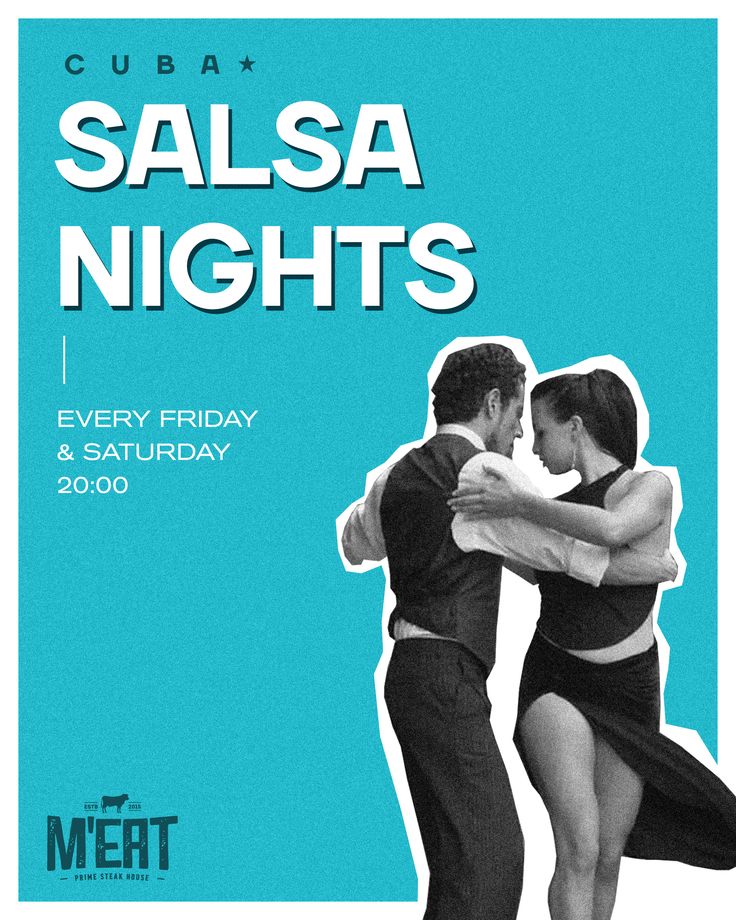 Try playing a song. As it plays, think about and feel how the energy of the song changes from the intro through the verse and into the next section. How does it make you feel, and how are you going to express those changes in the song with your movement? Now remember: Layering these skills on top of each other is a very step by step progressive process. Some days you might feel like you’re a few steps ahead and otherdays you might feel like you’re taking a few steps back. But if you focus on all these individual elements and then layer them on top of each other one by one being very compassionate with yourself and starting very simple, you’re going to see results over time
Try playing a song. As it plays, think about and feel how the energy of the song changes from the intro through the verse and into the next section. How does it make you feel, and how are you going to express those changes in the song with your movement? Now remember: Layering these skills on top of each other is a very step by step progressive process. Some days you might feel like you’re a few steps ahead and otherdays you might feel like you’re taking a few steps back. But if you focus on all these individual elements and then layer them on top of each other one by one being very compassionate with yourself and starting very simple, you’re going to see results over time
GET THE SALSA COURSE FREE FOR A WEEK
What’s Next?
Alright, so you’ve mastered a few of the basics and started layering some of these skills on top of each other. What’s the next progression in your journey, you ask?
More Ways to Progress Your Solo Salsa Practice
#7 Film Yourself Regularly
When practicing alone, the camera is your best friend and you are your biggest critic.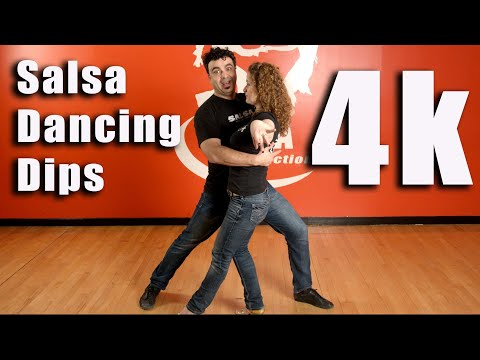 Before getting started, try and have at least one video clip of yourself dancing with a partner so you can analyze what you need to work on.
Before getting started, try and have at least one video clip of yourself dancing with a partner so you can analyze what you need to work on.
How to approach critiquing your dancing:
- Watch the video all the way through without thinking. Don’t be afraid to laugh at yourself.
- Watch the video a second time and identify the parts of the dance that don’t quite look right. Maybe you fumbled your steps, your partner didn’t respond well to your lead, or you had an otherwise awkward moment. Figure out what caused that awkwardness and write it down.
- Keep a list of your “mess ups” and find out what your biggest weakness is. Some examples could be stumbling in your footwork, unclear lead/follow technique, poor timing etc.
- Choose one of the skills from your list of ‘mess ups’ and focus on it during your upcoming practice sessions. Every now and then, re-film yourself and see how you’re improving on your skill of choice.
- Repeat the process of weakness identification, analysis and practice until you are happy with the progress you’ve made.

- Celebrate when you see improvement!
#8 Practice Partner Shadowing
Shadowing is basically running through a move or pattern from start to finish while pretending to dance with a partner. It might feel a little lonely, but it’s a great way to drill your technique without the distraction of a partner. Quite often, when you’re learning something new, you’ll pay too much attention to what your partner is doing and forget what you should be concentrating on. When shadowing, you can make sure your posture, movement, lead/follow technique, and footwork are all dialed in before moving on to a partner.
Shadowing is more of an intermediate technique and will get easier and easier the more Salsa experience you have. If you’re a beginner, feel free to give it a try, but don’t get discouraged if you can’t quite visualize the hand holds and (your ghost partner’s) body positioning while starting out.
#9 Memorize Your Steps
Dancing is a language. You have to learn your vocabulary before writing a sentence and perfect your sentence writing before crafting a letter.
You have to learn your vocabulary before writing a sentence and perfect your sentence writing before crafting a letter.
In the same way, you have to master Salsa steps before combining them into a pattern and master patterns before social dancing. Everything in dance is modular. Without the vocabulary, you have no building blocks to build your masterpiece.
So what can you do to make this masterpiece more masterful? Memorize your moves! Increase your potential by having as many building blocks as you can. If you forget your moves, your social dance will crumble.
If you’re really keen to try this, create a list of all the steps you know (perhaps categorizing them by skill level or technique will help you remember them). Every once in a while, re-visit the list and see how many of the moves you can perform from memory. If you find yourself forgetting some, then that’s a good time to start jogging your memory.
The moves you have locked in your memory are your home base – your safe place. From there, you can slowly add steps to your arsenal and expand your vocabulary.
From there, you can slowly add steps to your arsenal and expand your vocabulary.
#10 Watch Great Dancers Do Their Thing
Watching others dance is a great strategy to tie into your camera critique. You already know what skill you want to improve on, so now you need to find someone who’s great at it and study them.
Go out for a night of social dancing and take a break in between dances. Glue your eyes to the dance floor and identify someone who looks like they really know what they’re doing. How does their movement compare to yours? Try to ignore their personal style and focus on the technical movement. Pay close attention to how they connect with their partner, move their body, flow between steps and respond to the music. While watching, focus on the movement that’s related to the skill you are trying to improve. Watching everything they do is fine, but ‘everything’ can be overwhelming to think about. Having a focus will help you find the key takeaways to fast track your improvement.
After your secret spy session, remember one or two takeaways that you can try next time you practice. Rinse and repeat this process for each skill you want to improve. Remember to use your camera to keep tabs on your progress.
GET THE SALSA COURSE FREE FOR A WEEK
Latin Revolution Dance Academy BLOG
Tips For Practicing Salsa Without A Partner
The perennially popular salsa dance is a type of dance that involves two people. If you’ve ever attended a salsa dance lesson before, you’ve likely been paired up with a partner to learn the moves. If you want to get better at salsa dancing, however, you don’t always have the luxury of having a dance partner. Sometimes, you have to practice on your own to master the dance. Luckily, even if this is the case, you can still have successful practice sessions.
As a matter of fact, practicing the salsa dance alone may even be beneficial for you as a budding salsa dancer. It allows you to have a laser focus on your technique and other dance elements that you have never paid attention to doing when you’re dancing with a partner.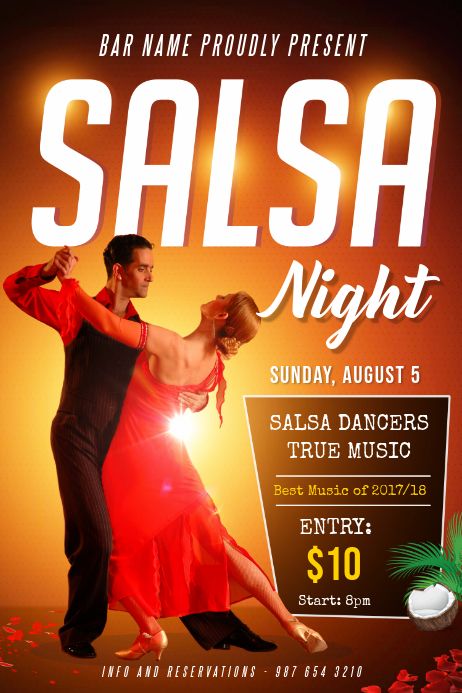 Practicing alone allows you to focus and improve on aspects like foot placement and footwork, timing, leg and hip action, arm styling, and body action.
Practicing alone allows you to focus and improve on aspects like foot placement and footwork, timing, leg and hip action, arm styling, and body action.
What’s more, since salsa dancing involves two individual people assuming two different dance roles next to each other, mastering your dance role on your own can significantly improve your performance with your partner. Even if the concept of practicing the salsa dance alone seems silly, it’s the key to getting good at salsa.
If you’re planning on practicing salsa on your own, follow these tips:
Film yourself
When practicing alone, make it a point to record your performances. Before getting started, though, have at least one recorded clip of yourself dancing with a partner so that you can better analyze what elements you need to work on.
When it comes to watching the footage, try to watch the video all the way through without giving it much thought. Afterward, watch them with a more observant eye and identify the parts that don’t look quite right.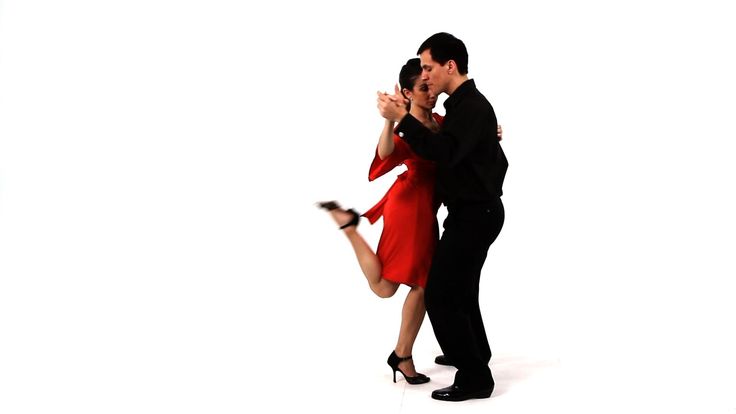 It would be best if you jotted down a list of your mistakes so that you can find out what your biggest weakness is. It could be stumbling in your footwork, having poor timing, etc.
It would be best if you jotted down a list of your mistakes so that you can find out what your biggest weakness is. It could be stumbling in your footwork, having poor timing, etc.
From your list, focus on only one in your upcoming practice sessions. Once you’ve improved on that skill, you can repeat the process of weakness identification and continually work on other elements that you’re not too happy with. Keep going until you’ve mastered the art of salsa dancing, and don’t forget to celebrate little achievements.
Practice partner shadowing
Shadowing is the act of running through a move or pattern while pretending that you’re dancing with a partner. It’s a practice method that allows you to improve upon your technique without the distraction of a partner. It can help enhance your posture, technique, and footwork. That way, when you’re actually practicing with a partner, you’ve pretty much had everything mastered.
Memorize the steps
Of course, part of practicing is memorizing the moves that you have to execute.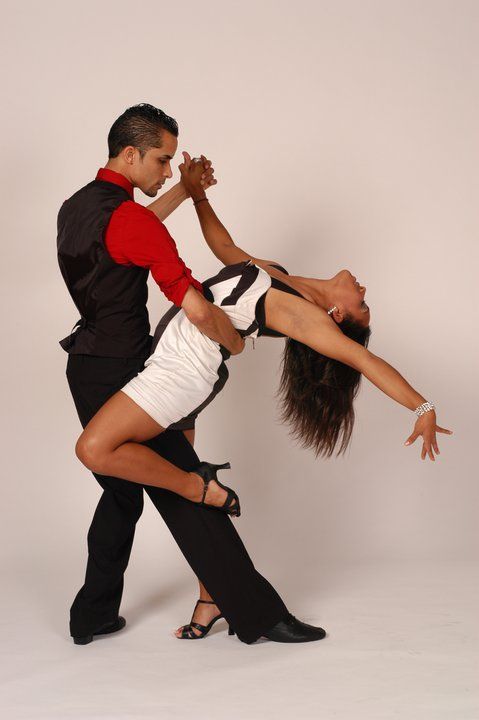 In salsa dance, it’s essential to master the steps before integrating them into a pattern or routine. Without a complete mastery of the moves, you’ll have no building blocks to perform a dance routine that you would be proud to call a masterpiece.
In salsa dance, it’s essential to master the steps before integrating them into a pattern or routine. Without a complete mastery of the moves, you’ll have no building blocks to perform a dance routine that you would be proud to call a masterpiece.
It goes without saying that learning salsa is fun and exciting. If you’re based in Toronto and are new to salsa dance and want to improve your moves in the meantime, check out our YouTube channel and attend a salsa class with us today!
90,000 12 life hacks, to quickly learn how to dance from Mamita DanceDances
Author: Pavel Gather
Psychologist, Lecturer Salsa and Tango
Dances
Author: Pavel Pavel
Psychologist, Lecturer Salsa
on At the start, you always want to get a quick result. When it doesn't happen, the hypothesis arises that everything takes time. After a conditionally acceptable time, humility comes to mastering pair dances, which, perhaps, is not given, and I will just do what I learned somehow. nine0003
nine0003
This is the most common story of those who believe that the mere act of attending a pair dance class is enough to learn how to dance.
Absolutely not. If you want to really dance well, you have to make an effort outside of the dance class. A good teacher will definitely be needed, but the initiative should be on your side.
1. Listen to music
The most common and accessible advice that is given already in the first lessons. And it definitely works. Music creates a certain atmosphere of the dance and intuitively you want to move to it. It doesn't matter where you listen to music - in the car, on headphones while walking or doing household chores. nine0003
An addition that will help you dance better is your active participation in the music. Sing along, dance or simply beat musical accents with any free parts of the body. In the subway, for example, it is enough to tap out bright moments with your fingers, in the car to sing along with sounds, and at home you can jump for pleasure.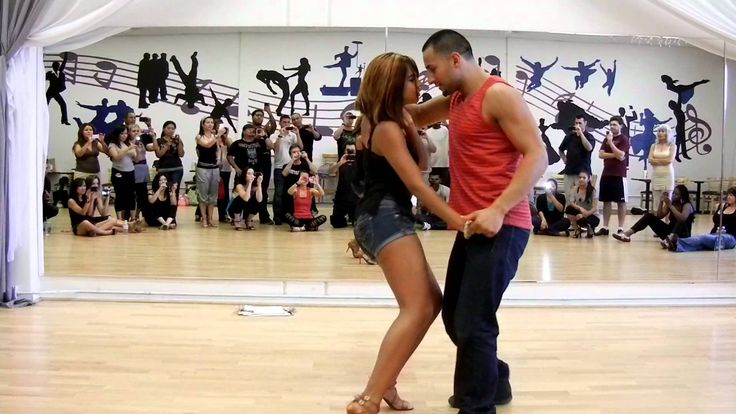
2. Watch videos of good dancers
It's complicated, but also obvious. It’s more difficult, because without recommendations from more experienced dancers, unfortunately, it’s not so easy to find a good quality video on the net (I mean not the resolution quality, but the content itself). nine0003
Meaningful video viewing is about building an understanding of HOW dancers make a particular impression on a partner or viewer. Technology is at the heart of everything. Understanding how the pros do it is a big step forward.
It is important to distinguish a show from a disco dance, a staged performance from an improvisation, a stylized dance from an authentic one, etc. Ask for recommendations and dance teachers will always throw off a couple of videos of worthy landmarks. nine0007
Tango Z. Showreel.
Online modern tango courses
Tango nuevo is the most advanced version of tango. We can quickly learn to dance from zero to a steep level.
| View details |
3. Dance in salsatecas/milongas/discotheques
A very delicate moment when it is worth coming to the first party. From a technical point of view, most students in 1-3 months have a sufficient set of figures and techniques to come and dance calmly. Psychologically, the same moment can be stretched out for an indefinite time. After all, it is imperative to “not lose face”, “learn more figures” and be sure what to do in case “there is an unfamiliar movement”. nine0003
In fact, the partygoers don't really care (except for a small layer of non-professional teachers who want to help inexperienced dancers by treating them as customers in the future). It is important to come and try dancing after a month of classes. You can only with friends or guys from your group. This will be enough to feel the adrenaline and inspiration from the dance.
4. Dance with partners or partners not of your level
The conventional wisdom that you need to practice in groups of your level does not withstand the test of experience.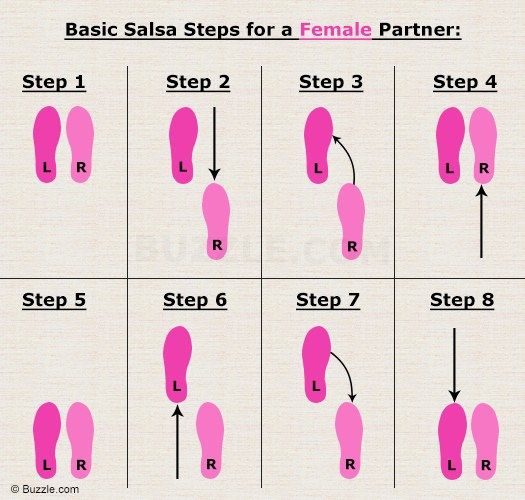 Perhaps now your eyes widened in surprise, and you want to meaningfully read the phrase again. Yes, you saw everything correctly: when you dance with a partner of your level, you don’t grow anywhere. nine0003
Perhaps now your eyes widened in surprise, and you want to meaningfully read the phrase again. Yes, you saw everything correctly: when you dance with a partner of your level, you don’t grow anywhere. nine0003
It's important to understand that not only does it work one way and you have to dance with cooler dancers, but it works even more effectively the other way. It is no coincidence that teaching pair dances dramatically raises the level of the teacher himself. You have an endless stream of very beginner dancers.
How it works. A more experienced partner needs to be "stretched". It's easy and obvious. With beginners, you need to take more initiative on yourself, see the general pattern of the dance more widely, turn on and insure more, try to be an example and be more careful. The quality of interaction begins to grow significantly. And wonderful partners too. nine0003
Dancing with partners of your level doesn't make you grow. Dance with both beginners and more advanced dancers
Dominican Bachata Women's Style Online Course
Want to learn how to hypnotize those around you with the most appetizing part of your body? On the course we will tell you all the secrets.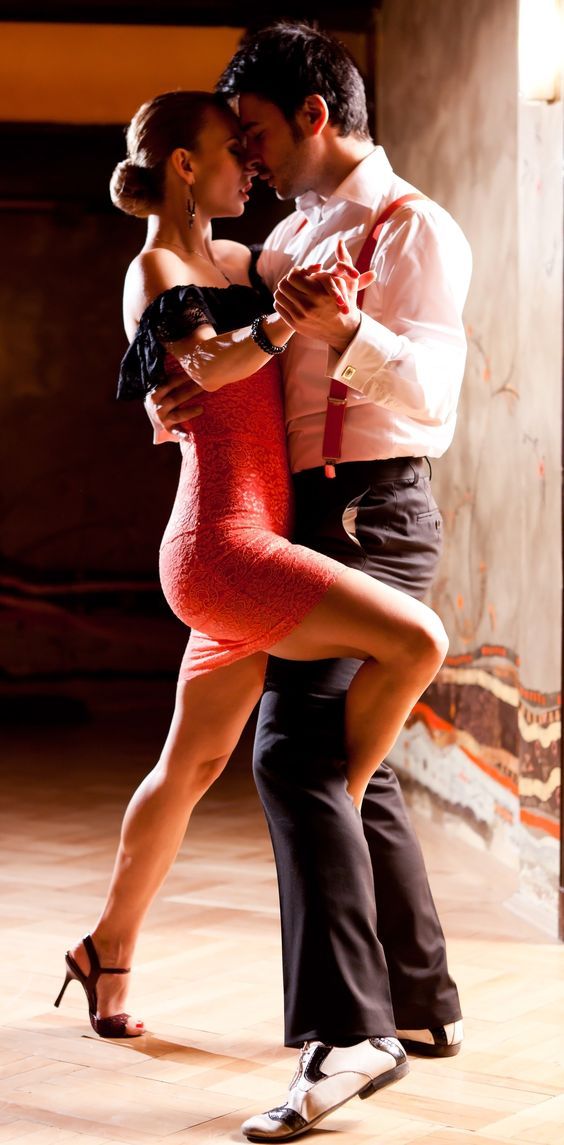
| Interesting |
5. Learn to dance for a partner and for a partner
Turks and Argentines are one of the best partners in the world. In Russia, partners are highly valued. Why? The answer is simple. In Argentina and Turkey, it is not questionable for men to ask another man to lead in one piece or another and give feedback on the quality of the lead. For them, it will be a great shame to hear moralizing from a partner, or even more so to be known in the community as an insecure partner. nine0003
In Russia, due to the constant, often far-fetched, opinion that there are more women in pair dances, partners calmly get up and study their partner's part. Such partners then grow into very cool dancers and teachers. In no case do this at parties, only in class. Here we are talking only about the learning strategy. At parties, be yourself.
6. Do not memorize the links
Always try to look deeper and understand the through principle and idea of movement.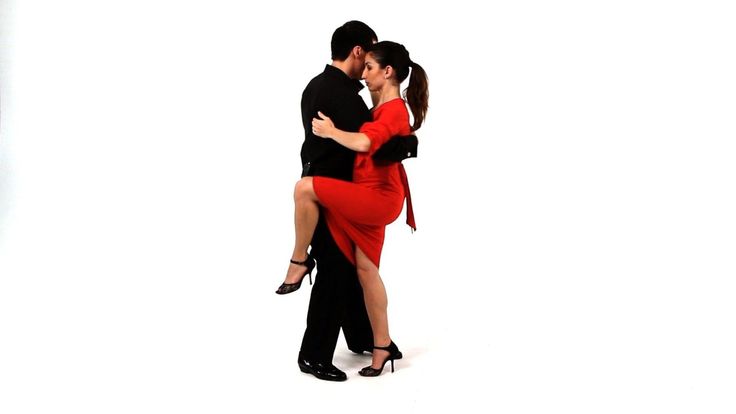 Understanding what and how is done will make it possible to independently generate any sequences and chips. nine0003
Understanding what and how is done will make it possible to independently generate any sequences and chips. nine0003
Human memory is limited and there will always be a moment when something will escape and your repertoire will be limited by the size of RAM.
In Argentine tango, for example, there are seven levels of movement construction that, when mastered, will allow you to make millions of combinations. And how many dance sequences can you really remember? In rueda, more than 150 figures dance in a rare circle. It's hard to keep more in mind.
7. Develop your body
Many years of experience in teaching couple dance shows that as soon as everyone pairs up in a class, any progress in individual style ends. But it is the individual style that distinguishes everyone at the disco: partners change, and style is always with you. nine0003
The body as the main instrument of dance must be very plastic, responsive and emotional. Surprisingly, not all pair dance schools have a general physical warm-up. It is vital to tune the body and understand how it works.
It is vital to tune the body and understand how it works.
You can always train extra and concentrate more on the basic steps, as their true value is as body work. The sequence of steps is, in fact, the simplest thing that can be in pair dancing. The quality of individual performance determines the craftsmanship. nine0003
8. Try on the images of inspiring dancers
A psychological life hack for those who have already mastered the steps, but still feel that there is not enough brightness and drive. Most are terribly afraid of being someone else's "clone". Here the action is the same as under the influence of hypnosis - the more you resist, the more you plunge into an altered state of consciousness.
With a high degree of probability, you are already dancing like someone else's "clone". A meaningful fitting of someone else's image is that you mentally take the image of the one who inspires you (inspiration is critical in this case) and "put on" yourself. Then you start dancing and trying to feel in general how it is to be able, for example, to be the best partner or the sexiest partner in a disco. This is much more difficult than it seems. But it works extremely efficiently. nine0003
Then you start dancing and trying to feel in general how it is to be able, for example, to be the best partner or the sexiest partner in a disco. This is much more difficult than it seems. But it works extremely efficiently. nine0003
9. Dance to offbeat music
Habitual rhythms keep you tight. Tango salon or speedy timba leave little room for experimentation and fantasy. Pattern dancing is always noticeable and is reserved for beginners.
The truly new is born outside of the usual. Look for places to experiment. If there is no place, organize self-training. The main thing is not to get carried away, because music determines the style. We bring something new to pair dances, rather than trying to change them. nine0007
Search, improvise, don’t be afraid to go beyond, develop in different directions, be inspired by music atypical for the style
10. Try your hand at basic dance directions
dances exist according to their own non-choreographic laws.
This is the deepest delusion, which has turned into a ceiling for the qualitative development of partner dances. After all, all professional dancers, for example, in salsa or bachata, build their ideas on the basic choreographic principles. nine0003
Do not think that choreography is only applicable on stage. Any meaningful movement of the body can be choreographic. In general, try classical or modern choreography. Basically, hip-hop can work too.
11. Look for battle sensations
Pair dances return us to an active position of manifestation of our body. As in the days of our ancient ancestors, we impress the members of the opposite sex by how dexterous, hardy, sexy, etc. we are. Modern laws of the jungle in the entourage of large cities. nine0003
If you look around the dance floor, it becomes clear that the majority are clearly herbivores (not in the sense of vegetarians, but in relation to those around them).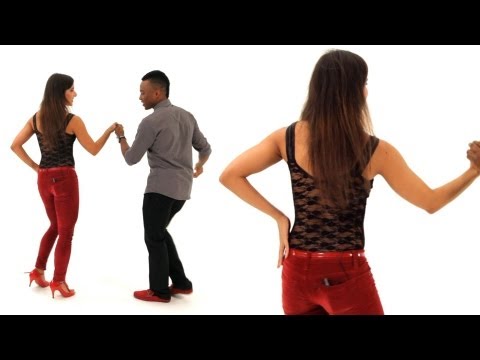 I am sure that predators are always more interesting in terms of the attractiveness of the image - try to find a counterbalance among herbivores, for example, a cat woman or a lion man.
I am sure that predators are always more interesting in terms of the attractiveness of the image - try to find a counterbalance among herbivores, for example, a cat woman or a lion man.
The conversation is about an internal position, not about aggressiveness. Lability and lack of control are inherent in adolescents, and not in adult self-sufficient people.
Accordingly, even a training or friendly battle gives, on the one hand, practical skills - to make a bright sequence of movements, bring an idea to a climax, show a spectacular feature, on the other hand, develops the psychological basis of the dance - self-confidence, resistance to extraneous attention, self-control and self-control in complex elements. nine0007
12. Communicate with professionals
The environment shapes the internal position. Basically, real passionaries of the dance community are ready to openly talk, discuss and support the development of dance in every possible way. Universal principles and the ideas they articulate have a much longer and more practical perspective than meets the eye.
Universal principles and the ideas they articulate have a much longer and more practical perspective than meets the eye.
Accept that, for example, behind the words "listen to your partner" is not only a beautiful metaphor, but also a practical skill to literally listen to your partner. At the same time, always treat every thought, even the most respected teacher, as a private opinion. nine0003
Your skill will lie in finding the scope of the idea even in conflicting opinions. Most often, the contradiction is speculative and the truth lies in the angle of perception or situationality.
Your dancing growth will stop sooner or later. This can happen at the level of three basic steps or years of experience in teaching and show performances. Regardless of your level, the suggested 12 life hacks can get you off the ground and greatly accelerate your dance growth. There is no way here without your motivation and activity. Take your dance development into your own hands. nineOl000 Dangerous sexuality
Salsa: destroyers of stereotypes
Couple dancing as a source of strength.
Self-destruction of the couple dance community
The Salsa series as a mirror of the community
Mamita Fridays: salsa, bachata
Destroying the myths about leading pair dances
Does dancing make us better?
The seven deadly sins of teachers
Why we will never dance bachata like the Dominicans
Why tango?
Dispute over musicality
Selection of dances according to alcohol preferences
Where to find inspiration for dancing? nine0003
Terrible tango nuevo
Distribution of roles in a salsa party
Argentinean tango through the eyes of a salsa dancer
Is there a predisposition to dancing?
Which is more effective: individual or group lessons?
Sexual innuendo in couple dancing
Salsa dance training (Salsa Solo)
Salsa solo is suitable for all ages, so everyone can start training their dancing skills. The main thing is to have a great desire to learn new things, think positively and strive to improve the capabilities of your body.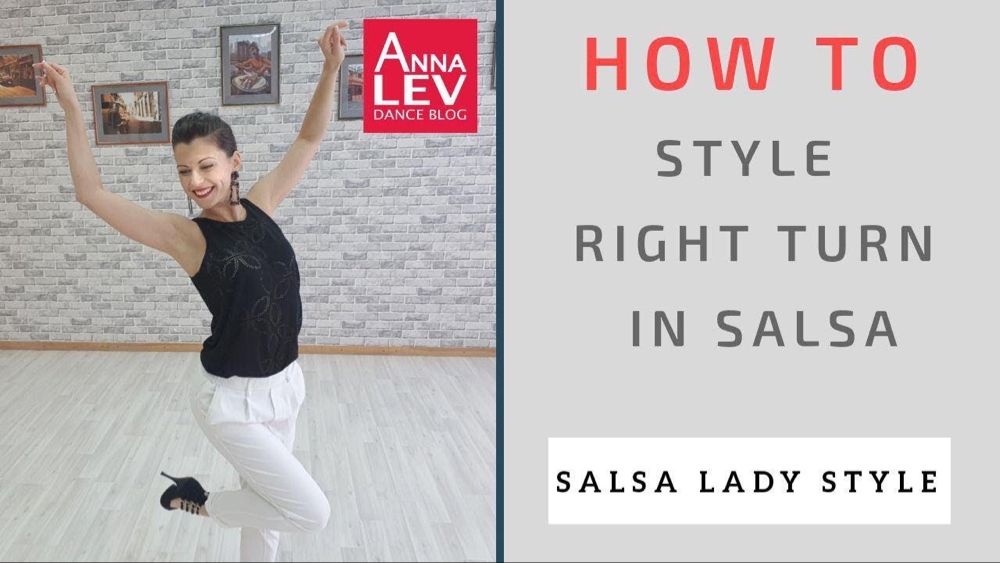 nine0003
nine0003
Beginner
Trial
08/23/2021 1756 0 5 min.
Salsa solo group training is aimed at developing plasticity and learning the basic dance movements. They are designed for bright, bold individuals who want to dance without a partner and express their individuality. At each lesson, special exercises are given to develop flexibility, endurance, balance, and also learn the elements of salsa to the appropriate music. nine0003
Solo dance training is needed in order to:
- learn to dance to Latin American music and conquer any holidays and discos with your skills;
- to please yourself and loved ones;
- keep the body in shape;
- maximize the development of flexibility, plasticity of muscles;
- straighten your posture;
- improve mood and learn to think positively;
- gain self-confidence, become more daring and relaxed. nine0243
Salsa solo is suitable for all ages, so everyone can start practicing their dancing skills.
The main thing is to have a great desire to learn new things, think positively and strive to improve the capabilities of your body.
See also: Zumba dance workouts
Where to start dancing Salsa Solo
Dance gymnastics, like any workout, should begin with a warm-up, which includes stretching. They warm up the muscles, give them plasticity, thereby protecting them from serious sprains, injuries and even fractures. nine0003
- For regular workouts, you need to choose the right clothes - that is, those that will be comfortable for you. Salsa solo does not have a strict dress code, so you can train in sweatpants, a skirt or tight leggings.
- Be sure to bring comfortable, suitable footwear. Latin dances are usually performed in shoes. But you can come to class in ballet flats or sneakers to hone your skills with comfort.
nine0002 You need a large mirror to control your every move.
See also: Belly Dance training
The main reasons to start training Salsa solo
To start dancing and fulfill your long-term dream, sometimes one reason is enough - desire. But if you look objectively, there are five main reasons to start going to Salsa solo training from tomorrow:
- Variety of workouts
- Many fitness classes involve repetitive exercises that need to be done many times to get results. By dancing, you can get your body in shape, lose weight without pain and boredom. - Acquisition of a beautiful gait and plasticity of movements
- Dancing forms the plasticity of muscles, so you will learn to move gracefully, which will cause admiration from others. - Muscle pumping
- Salsa, like regular fitness training, allows you to tighten problem areas, pump and strengthen muscles, make legs and buttocks elastic, with a beautiful relief.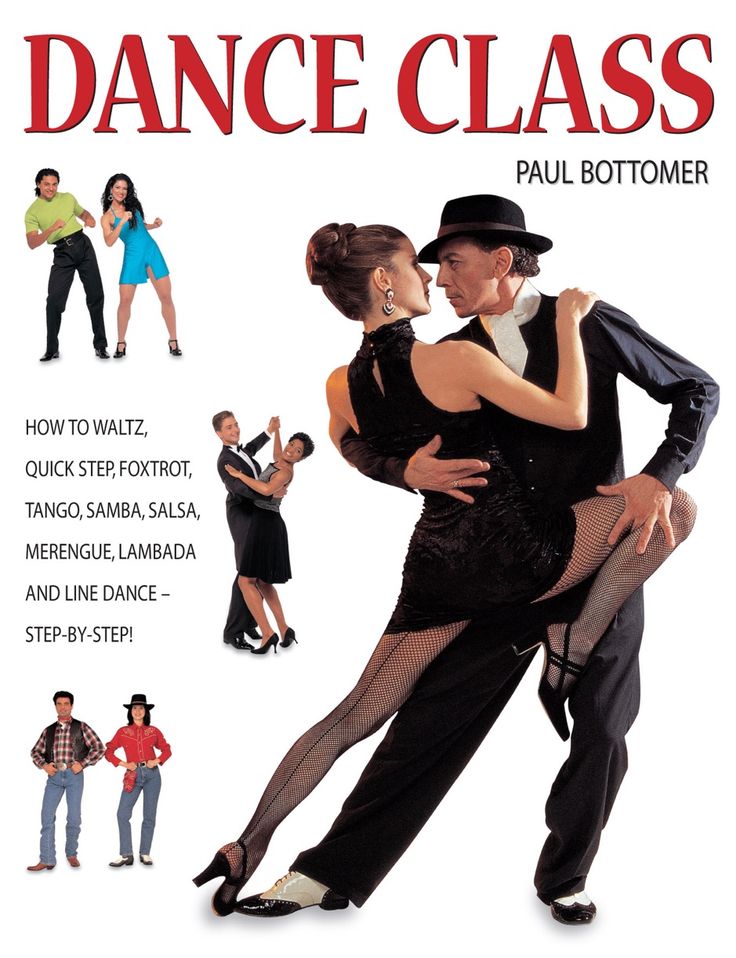 This is a great opportunity to forget about cellulite and excess weight. nine0243
This is a great opportunity to forget about cellulite and excess weight. nine0243 - Increasing vitality
- Dancing gives a lot of positive, good mood, removes negativity from thoughts, makes you feel energetic, cheerful and joyful. - Posture improvement
- Posture can tell a lot about a person. It can be used to assess confidence, health, learn about outlook on life and inner mood. A straight back, a straight, proud posture are signs of a successful, positive person.
Salsa Solo basic dance exercises
Here are some Salsa solo exercises:
- Exercise “Hip Twist” at the barre
We put one leg back, after which we bring it into a diagonal with a necessarily bent knee. We return the leg to its original position. To complicate the task, you can put a disc or a sheet of paper or another object on the toe of your free foot. The exercise will teach you to balance, improve coordination of movements.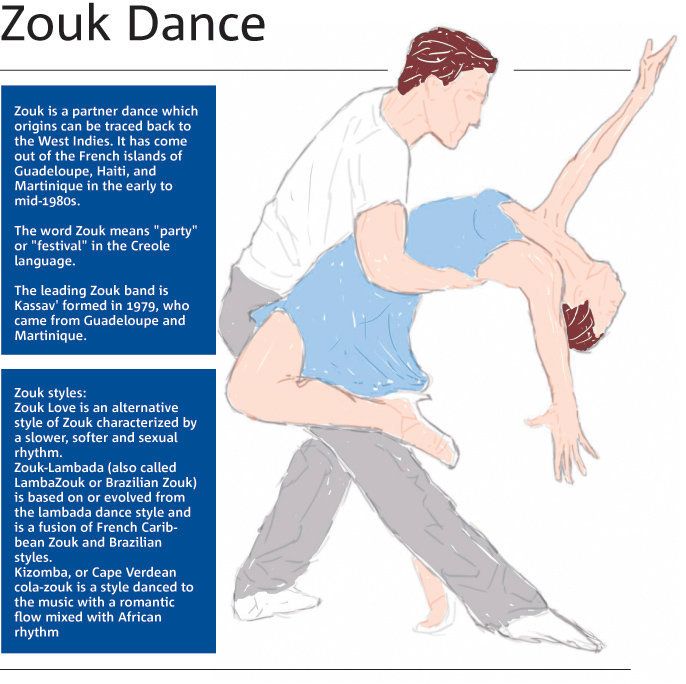
- Latin Square exercise
- You need to stand in the starting position - feet shoulder-width apart. We draw in the stomach, lower the shoulders. The ribs protrude slightly outwards. We spread our arms to the sides, transfer the weight to one of the legs, which will be the supporting one. - Exercise Circular movements of the hand
- Perform the "eights" with the hands in the position of outstretched arms. We control the position of the shoulders so that they do not fall below and rise above their position. The movements should be as if you are scooping up air. nine0243 - Exercise "Mill"
- Tilt the body forward, rotate with straightened arms in such a way that at the moment of rotation one arm is at the bottom and the other is at the top. At the same time, the head and shoulder girdle also perform turns to the sides.
Recommendations and contraindications for training
Salsa solo training is simply necessary for those who want to tighten their body, make it beautiful, without a drop of excess fat, and for those who have long dreamed of learning how to dance an incendiary solo dance.